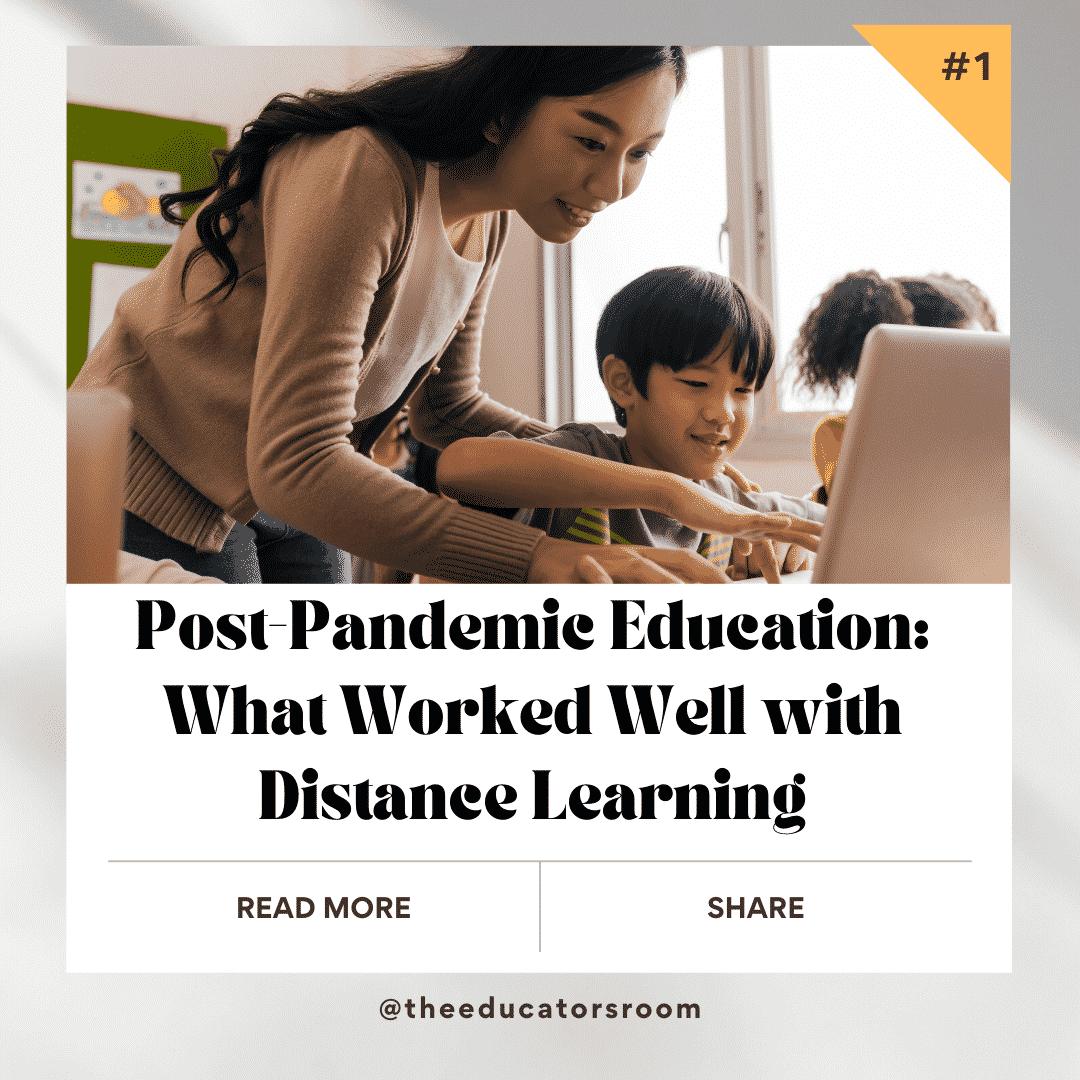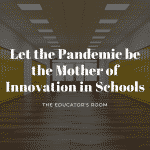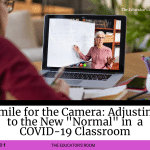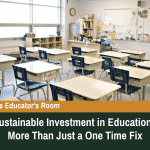“The best teachers are like hip-hop producers: study the classics, select the best parts, then add some new flavor” (Chris Emdin, Professor/Author).
This quote sums up my journey into distance learning very well. I was fortunate to have some experience in online education, having used it at the college level, but I was not prepared for the steep learning curve of transitioning my entire high school curriculum to a distance platform. I am a self-proclaimed lover of the “classics” (pen to paper), I thought I was good at selecting the “best parts” (exploring diversity in the Cannon) and I took pride in being able to “add some new flavor” (hip hop and current events are my go-to). None of my “experience” could prepare me for Zoom fatigue, inconsistent Wi-Fi, and students who fell so far behind that they lost hope. Despite all the negative things that happened, I cannot in good conscience ignore the things that went well with distance learning this year.
Have we, as a nation, been in a perpetual state of “sleep” when it comes to education? Has America finally awakened from its slumber to allow the dreams of an entire generation of educators finally come to fruition? There are so many things that have been “awakened” in the minds of teachers this past year. A fresh, new look at our own curriculum, a deeper look into the lives of our students, and a long, often critical, look at the system of education in America as a whole. The question lies in what we plan to do with these epiphanies. Will we continue to “sleep” on our newfound platform that has once again put education in the limelight? Will we take advantage of the new “eyes” that have finally acknowledged the importance teachers play in America? And what role will distance education play in this new era of reimagining? Will distance learning turn into yet another distant memory like so many other “shifts” in education?
In church, we always heard the expression “Eat the meat and spit out the bones!” In education, we unconsciously apply the same logic to teachers, professors, facilitators, and even the “experts” we often find fault in. While we strive to figure out the best way to teach our students this concept, we must be careful not to create jaded critics that find fault in seemingly everything. Teachers might need to revisit this as we transition back to brick-and-mortar schools this fall. As we work to shake, break, and completely reimagine the system of education, let us not be so quick to focus the “bones” of distance learning, and instead focus on the “meat” of things that actually went well.
“Reality is wrong. Dreams are for real” (Tupac Shakur).
If this pandemic taught us anything about our previous “normal” lives, it is that our realities could be shaken up at the drop of a dime. Who could have dreamed that teachers would be asked to transition years, sometimes decades, of curriculum to an online platform many of us had never fathomed using before? I remember waking up the day after we were told to grab everything we could possibly need to be able to teach online and thinking, “this can’t be real!” I used to dream about what it might be like to work from home: to eat when I wanted, use the facilities when I wanted, and to “dress for success” solely from the waist up. The reality was nothing like I expected. It has, however, “awakened” a newfound reimagining, and appreciation of the infinite possibilities of distance learning.
Revamped Curriculum
How long have some of us said that we would finally organize, or even revitalize some of the curricula we have been using for longer than we care to admit? I am extremely proud of the new, updated, real-time, and relevant curriculum I created during this transition to distance learning. I have also been able to finally archive some things I have been meaning to put on the back burner, hoping to revisit it one day, but not willing to throw it out just yet.
Videos
I quickly learned that recording instruction, lessons, and models of assignments was an invaluable tool. Students loved having the chance to watch videos, rewinding, and pausing, as well as watching them repeatedly if necessary. It was tremendously helpful for my Deaf and Hard of Hearing students, English Language Learners, and all students who wanted the ability to revisit something they might have missed during class. Our school also now has video as well as written announcements, which are also closed-captioned for students. They can now view announcements and refer to important school information at their leisure.
Student Conferences
The ability to have a truly private 1-1 session via Zoom was super effective. Putting others in waiting rooms, utilizing break-out rooms, and scheduling private outside-of-class sessions during times that worked better for working students or students with family priorities, was a great way to establish a much-needed rapport during this time of distance learning.
Flexibility
The flexibility in distance learning had more of an impact on both students and teachers than I expected. It allowed us to provide differentiated instruction in so many new ways. Admittedly, I have never been an advocate of late work, but I soon learned that the flexibility of due dates and times was essential for some students to find success. It also provided me with a way to encourage those who fell behind, as well as to figure out what type of individual learners they were. Opening assignments at midnight allowed my night owls to work ahead, the early birds to get things out of the way, and my procrastinators to still be able to beat those midnight deadlines.
As we return to 100%, full in-person learning, the online component could be used for re-emphasis, review, and retention. Distance learning would also allow school districts to be able to seamlessly transition in the event of natural disasters like fires, evacuations, smoke days, flooding, Covid outbreaks, people who must leave town for emergencies, and even things as common as a sick student or a student who has been placed on medical home leave.
At the end of the day, there is no way we can possibly reimagine the future of education without figuring out the pivotal role distance learning will play. My advice to all teachers would be to continue to find innovative ways to engage students online. Online learning is an inevitable reality that we all need to be prepared to “shift” to at any time. The new “reality” in education is that nothing is predictable, and we need to be prepared for anything and everything.
In the infamous words of Malcolm X, “Education is our passport to the future, for tomorrow belongs only to the people who prepare for it today” (June 28, 1964).







